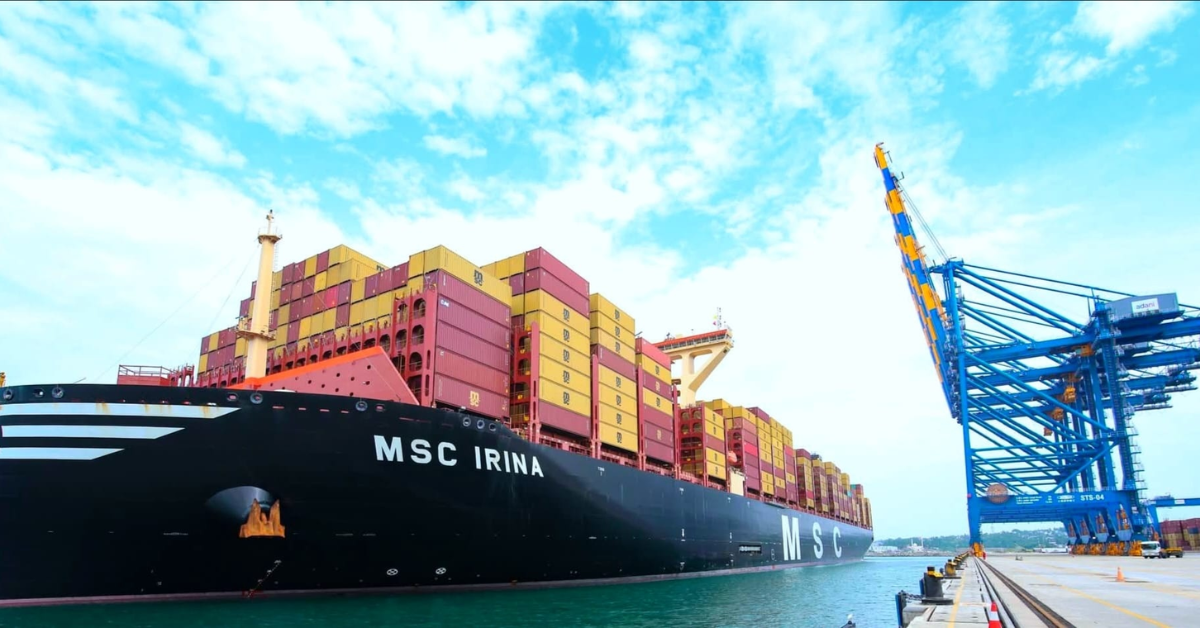Vizhinjam Port authorities are set to introduce a dynamic mooring system within the next month, marking a significant step toward improving operational efficiency and reliability. The machinery required for the system has already been delivered, and training sessions for staff involved in mooring operations are scheduled before it becomes fully operational.
The dynamic mooring system will be installed at the quay, where it will allow vessels to remain securely fastened despite tidal fluctuations, ocean swells, and adverse sea conditions. Unlike conventional mooring methods that can face limitations during rough weather, this system provides enhanced stability, enabling container handling to continue with minimal disruption. The technology is widely recognized for reducing downtime, improving cargo flow, and enhancing overall logistics reliability in ports.
Officials at Vizhinjam have emphasized that the installation is likely to significantly reduce vessel turnaround time, in some cases allowing cargo carriers to complete operations and depart within 24 hours. For shipping companies, faster turnaround means lower operational costs, better fuel efficiency through reduced idling, and tighter control over sailing schedules. For the port, it translates into higher berth availability and the ability to handle a larger number of vessels without congestion.
Vizhinjam currently handles nearly one million TEUs annually. With the adoption of dynamic mooring technology, authorities believe that container throughput can be scaled further, allowing the port to attract larger vessels and capture a greater share of transhipment cargo on East–West maritime trade lanes.
Industry experts view this development as part of India’s broader strategy to expand its footprint in global shipping and logistics. By equipping Vizhinjam with advanced systems typically seen in leading international ports, India aims to strengthen its competitiveness against well-established hubs such as Colombo, Singapore, and Dubai. The move also supports the government’s larger vision of enhancing port-led development and positioning the country as a central player in the global container shipping market.









